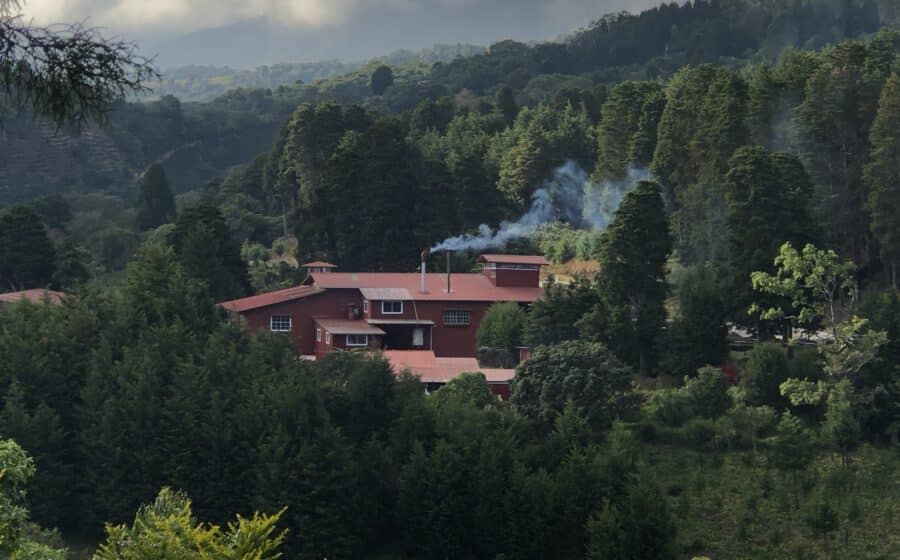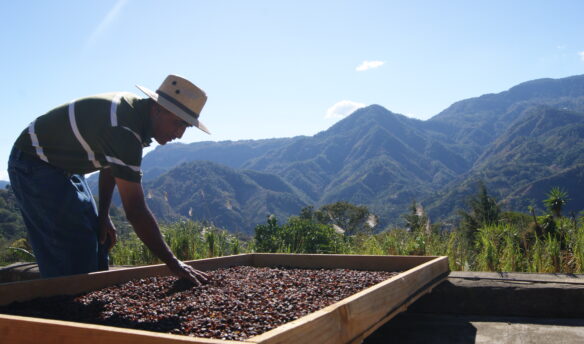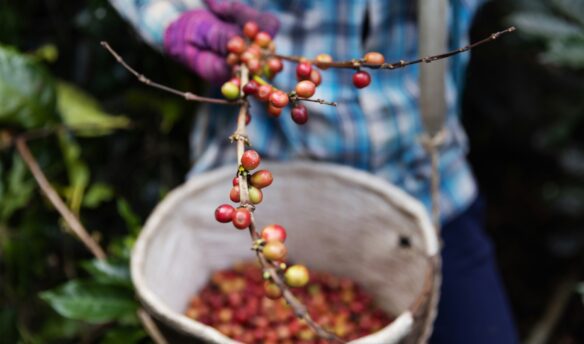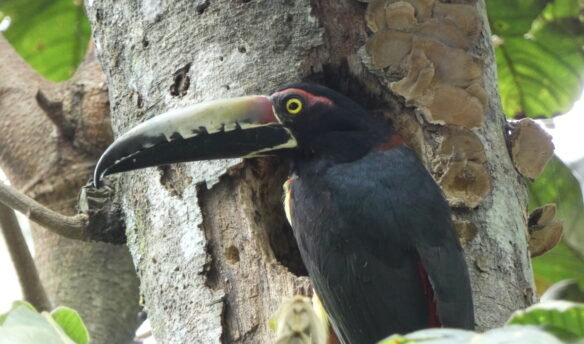One morning in 2022, I walked into work to find an envelope of green coffee samples from a source I wasn’t familiar with. My boss told me they came from a Costa Rican coffee farmer who contacted her via Instagram. Alejo Castro Kahle runs Volcan Azul, a company that includes three farms and a mill, and he found Glen Lyon Coffee, the roastery where I work, by scrolling through his feed. Our location in the Scottish Highlands piqued his interest: his great-grandmother was from Scotland, and he had been looking for a Scottish roaster to partner with.
We just received our second shipment of coffee from Castro Kahle’s farms, the continuation of what we hope will become a longstanding direct relationship—all because of Instagram.
The stratospheric rise in global connectivity and social media use has been a boon to coffee companies, allowing them to expand their reach to a worldwide audience. But it has also benefited producers, who can connect with—and sell to—a much wider customer base.
“Social media has brought us many good clients,” Castro Kahle says, noting that platforms like Instagram allow him to reach out to potential partners in new markets instead of just sending out hundreds of samples and hoping someone gets in touch with him, which can be time-consuming and wasteful. “Because we have a limited quantity [of coffee], we cannot sell to everybody, but we are still growing, so every year, we try to find a new customer in a new market where we don’t have a presence.”
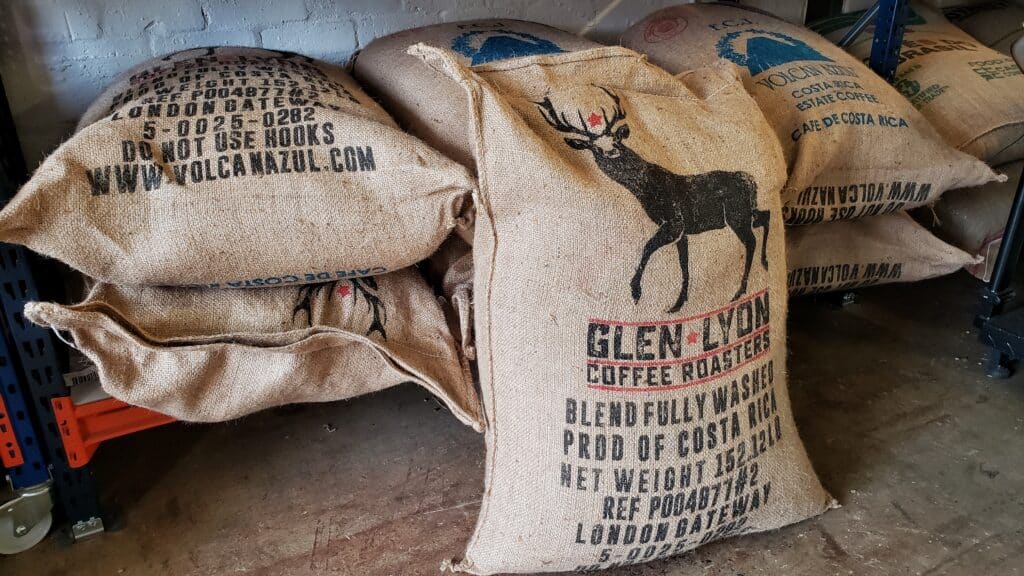
Social media allows farmers direct access to potential partners. For Castro Kahle, it helped him connect with Glen Lyon and fulfill one of his longtime ambitions: “I was always interested in having a roaster in Scotland because of our Scottish roots, so thanks to social media, we made a quick and direct connection.”
A Growing Platform
Many coffee-producing countries still struggle with basic web connectivity, an issue that greatly affects coffee farms, often in remote regions. However, internet and social media use continues to grow worldwide, and there are many programs designed to connect farmers to the World Wide Web. Instagram, the fourth most-used social media platform in 2021 with 1.21 billion monthly users, is especially popular in coffee-growing countries such as Brazil, India, Indonesia, and Mexico.
Instagram is also considered a highly effective entrepreneurship tool. It is an affordable way to reach consumers directly and allows connection with a far wider audience than many other marketing tools. “Instagram is a great tool for farmers because it is easy to use, and they can easily access customers across borders,” says Bamidele Adekunle, Adjunct Professor at the University of Guelph’s School of Environmental Design and Rural Development.
For coffee producers wanting to showcase their farms and processing methods, Instagram’s visual focus often makes it a more suitable solution than Facebook or other social media platforms that rely on text. Instagram tends to be more popular for producers “because of the nature of the product, market segment, increased client base, visibility, and engagement,” Adekunle says. There’s a reason roasters often share photos of coffee farms in their marketing and branding: nature is beautiful, and coffee plants and cherries are visually evocative—Instagram allows farmers to harness that beauty and share it with others.
Learning and Teaching
One of the most notable benefits of having producers actively use social media is that it allows consumers to learn about growing coffee from those doing the work. “What I post is the work I’m seeing at the farm or at the mill,” Castro Kahle says, noting that he doesn’t think too far ahead with his posts: “It’s very spontaneous.” Posts range from a carousel of coffee cherries to hype up their harvest to a behind-the-scenes look at Volcan Azul’s warehouse as they prepare coffee for export.
Many of Castro Kahle’s new connections also come from current partners posting about his coffee, tagging and highlighting Volcan Azul. In particular, Volcan Azul is featured on the feeds of Hard Beans Coffee in Poland, April Coffee Roasters in Copenhagen and Seoul, and Meets West Coffee in Indonesia. “Alejo Castro Kahle’s commitment to excellence is inspired by his coffee farming ancestors in the heart of Costa Rica,” a post from Meets West Coffee reads. “Our customers are marketing not only their brands but also our farm,” Castro Kahle says.
Komal Sable, co-founder of the South India Coffee Company, has also built connections through sharing on social media. Sable founded the South India Coffee Company to export her family’s coffee along with coffee from neighboring farms. She credits the company’s success to the educational content she posts, which has helped her secure direct partnerships with roasters. Sable shares videos about coffee varieties and native coffee species, updates from partner farms, and documents her farm’s harvests.
Sable says selling coffee is a happy byproduct of her educational focus. “I think most of my coffee roaster connections have come through social media, not through selling as such but really educating about Indian coffee,” Sable says. “That piqued a lot of interest with some of the roasters we work with. It’s not just ‘hey look, this is our coffee, do you want to buy it?’ but more like this is the Indian coffee scene, this is what Indian coffee is.”
Sable doesn’t come from a coffee background and says she began using Instagram as a learning tool. “I didn’t start Instagram to promote [South India Coffee Co.] actively. It was more that I wanted to keep track of things in coffee that I didn’t want to forget,” she says. “And I realized that a lot of people were also getting a lot of information about coffee from Instagram.”
As her Instagram presence grew, she found that coffee companies would find her page and reach out for a chat. “A buyer in Saudi Arabia reached out to me via Instagram, and we’ve been working with him for the last three years.” The same happened with a company in the Netherlands; closer to home, Sable has recently started working with a roaster in India, a connection that also came about through Instagram. Meanwhile, Castro Kahle says he gets several direct messages weekly from people wanting to buy his coffee—or sometimes from tourists who wish to visit the farm.
The Importance of Authenticity
The important thing for others wanting to make the most of Instagram, Castro Kahle says, is authenticity. He recommends documenting what’s happening on the farm and to avoid imitating others. “All farms have their own charm,” he says. “What makes this industry so nice is that we are all different, and every time I visit a different farm, I see they have something unique.”
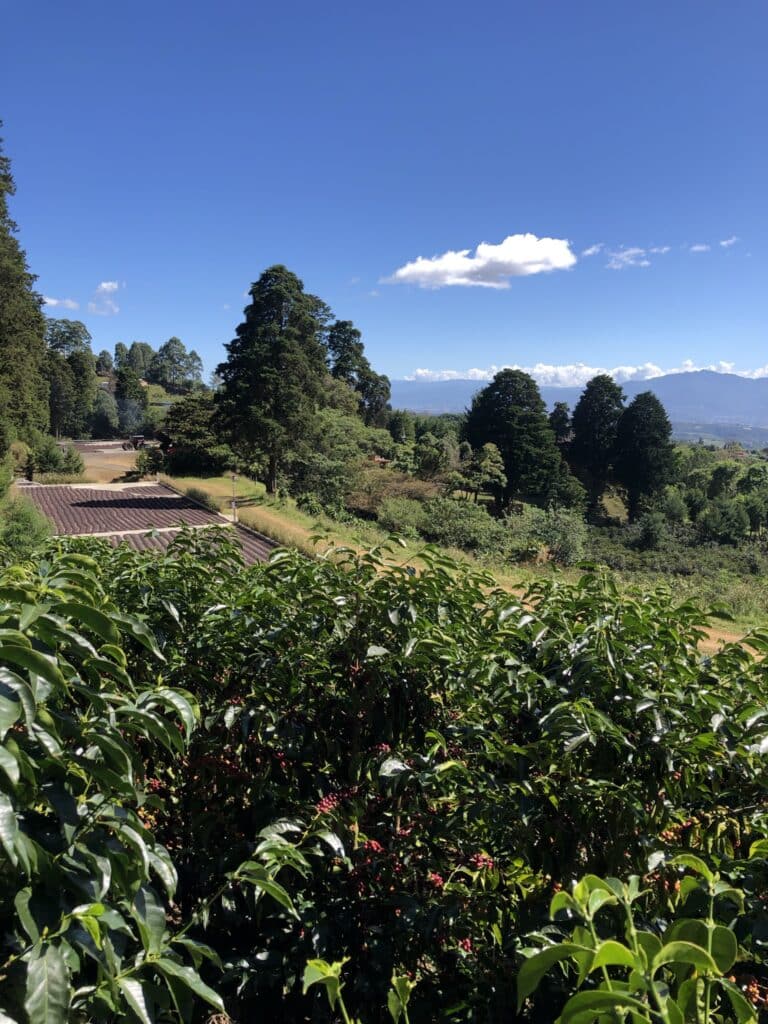
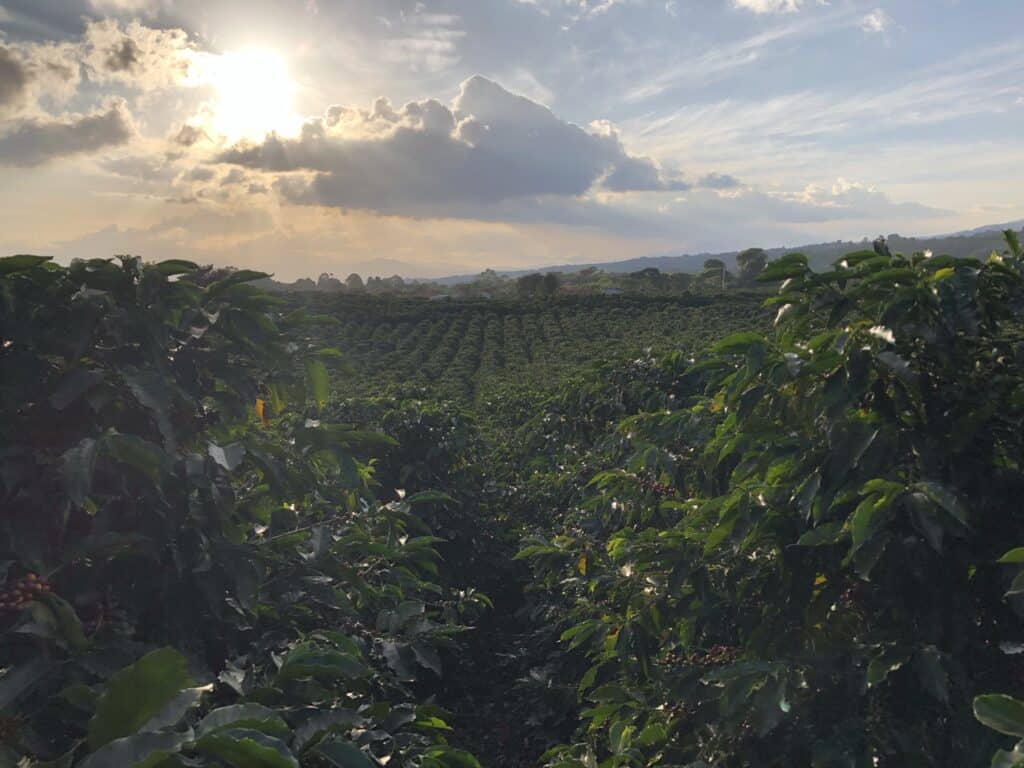

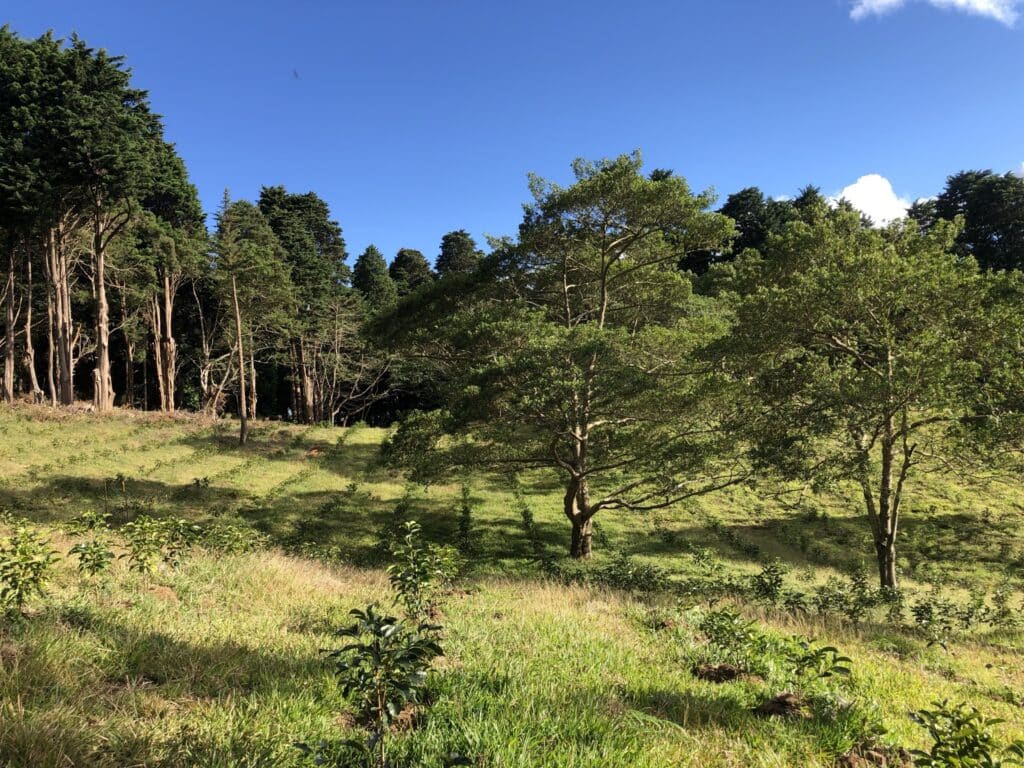
It’s hard to predict how people will use Instagram (or other social media platforms) in the future, but there are clear benefits for coffee farmers. For folks like Sable and Castro Kahle, Instagram has increased awareness of their work, connected them with industry peers, and created long-lasting financial relationships. There’s also room for Instagram to surprise you and bring forth connections in new and unexpected ways.
When we first received Castro Kahle’s samples, we weren’t sure what to expect, but we were all blown away by the quality and clarity of his coffee. All the coffees were outstanding, but one lot stood out: a natural-processed microlot bursting with tropical fruit notes. We just received this year’s shipment and look forward to continuing this relationship—one that might never have happened without popping up on Castro Kahle’s Instagram feed.



